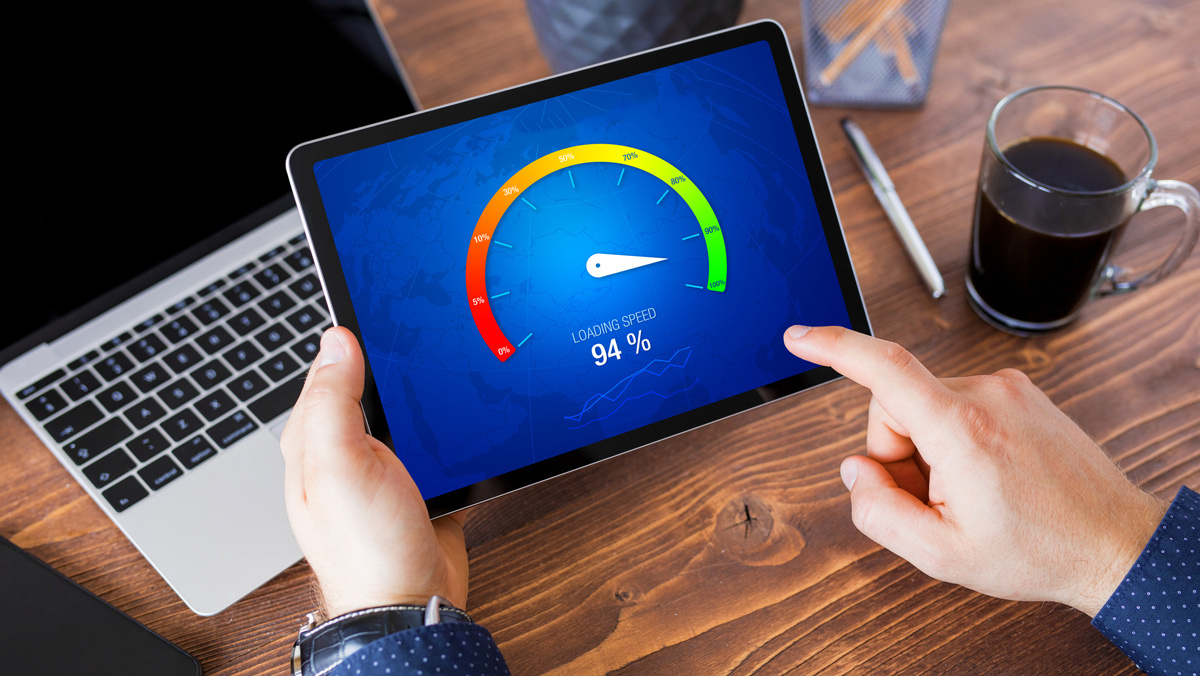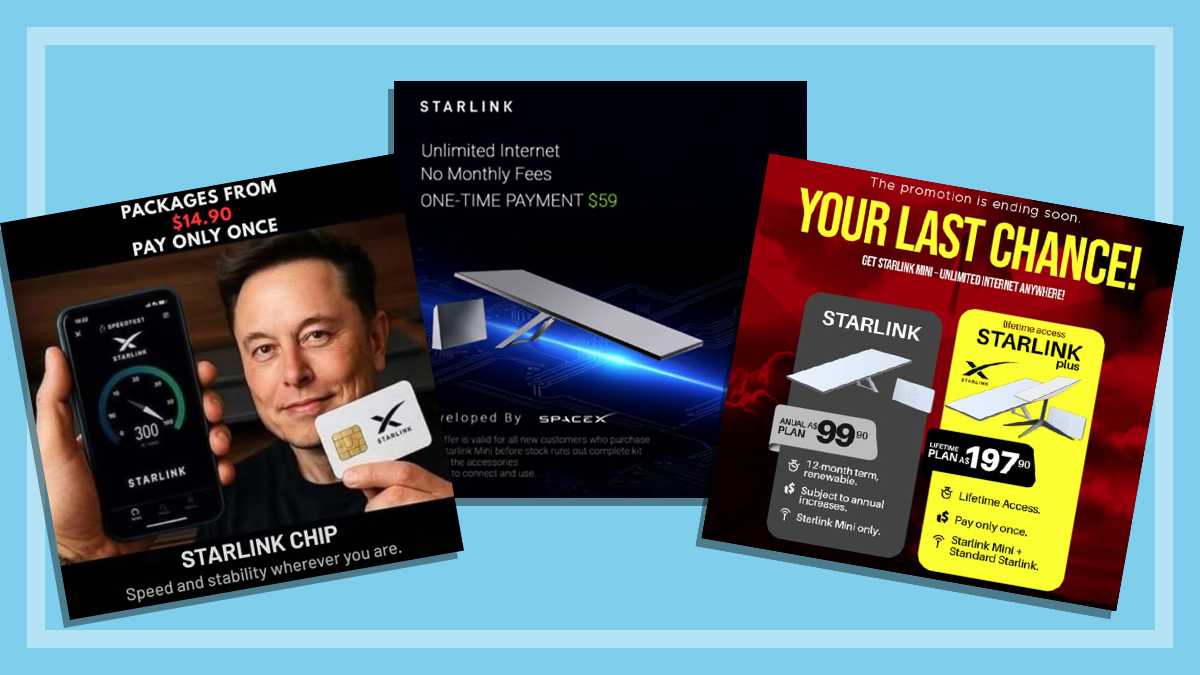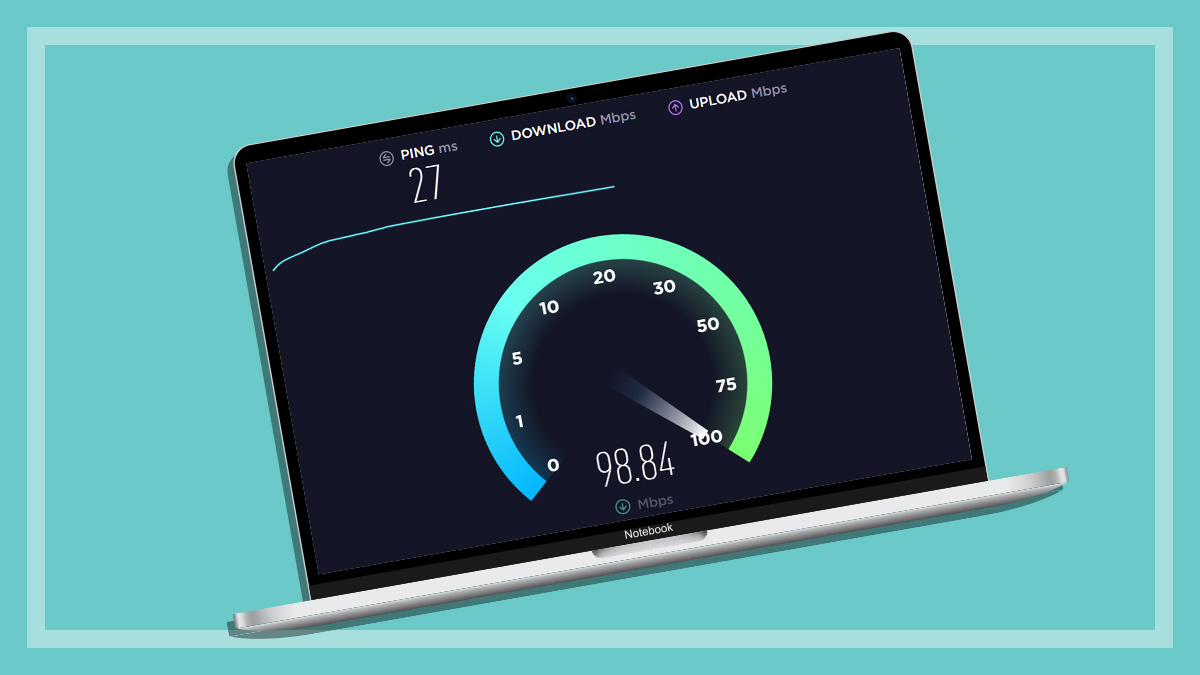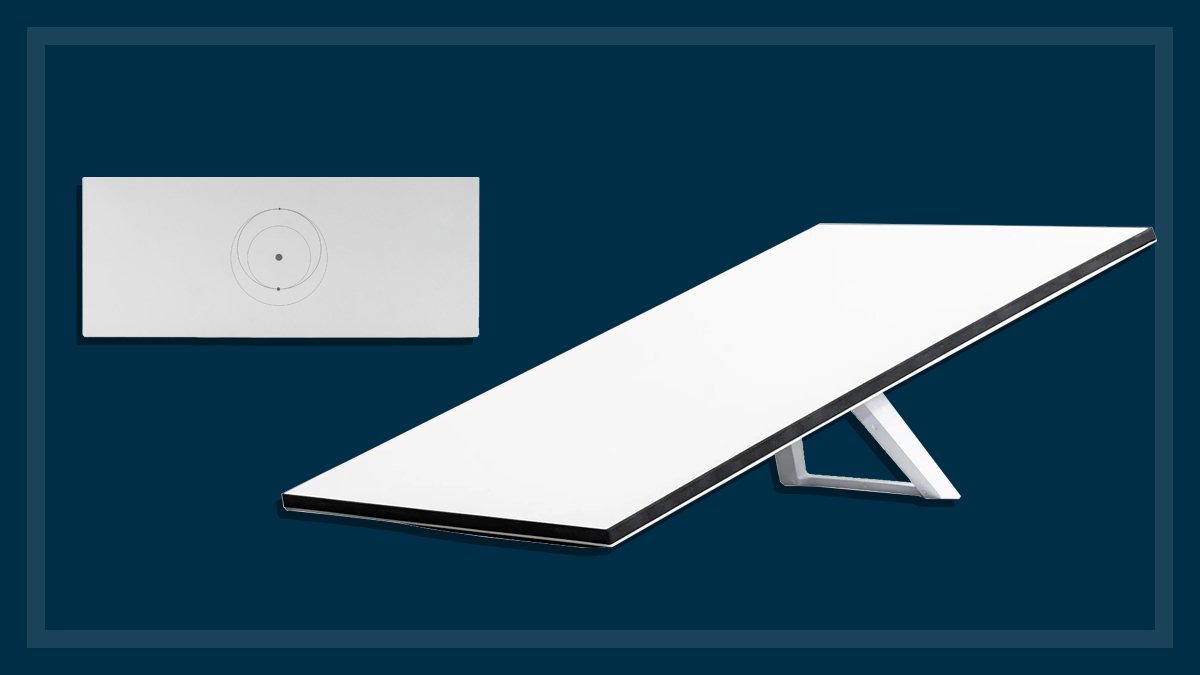Get our independent lab tests, expert reviews and honest advice.
Beware exaggerated internet promises

Need to know
- The term '5G' doesn’t refer to a specific technology – it’s a classification into which multiple technologies fit
- It’s often reported 5G will support speeds up to 20 gigabits per second, but this is misleading
- If something sounds too good to be true, it probably is
When a new internet network technology is in its early stages, you’ll doubtless see and hear fantastic figures about its blistering potential. But reality is often less exciting.
While it’s true that future internet technologies will eventually blaze past current standards, improvement generally comes as a steady progression with occasional small leaps, rather than the momentous bounds you’d be forgiven for expecting after hearing the hype.
Let’s look at 5G as an example, which isn’t the only offender, but is currently the hottest tech in town.
Some of the reporting around this new ‘technology’ might get you excited, but don’t run out and buy a new phone because you saw some impressive numbers about 5G’s potential.
Having standards

The term ‘5G’ doesn’t refer to a specific technology – it’s a classification into which multiple technologies, existing and future, fit. The same was true for 3G and 4G.
The specifics of these standards are decided by the International Telecommunication Union (ITU).
The first successful mobile broadband network in Australia that qualified for the label ‘3G’ was limited to hundreds of kilobits per second (Kbps) – fit to send emails, download small apps, and use basic mobile web browsers.
In the following years, faster and different mobile broadband technologies emerged, but they also fell into the category of 3G. Some examples are HSDPA, HSUPA and HSPA+.
By the time 3G had done its dash, some 3G technologies such HSPA+ had potential maximum speeds of over 40Mbps – more than 100 times faster than the earliest 3G connections. Instead of basic browsing and emails, we could now stream music and media, play complex games, use image-heavy apps and much more, all under the umbrella of 3G.
The technology used in a current 5G network or device won’t be able to keep up with those future 5G technologies. There’s little to no future-proofing happening here
But those earlier 3G devices couldn’t run HSPA+, and so didn’t benefit from those faster speeds.
A similar evolution happened within the umbrella of 4G, and will happen again for 5G. It’s nothing more than multiple technologies being classified within the same category, until progression has gone far enough that a new category (e.g. 6G) is needed.
As such, the technology used in a current 5G network or device won’t be able to keep up with those future 5G technologies. There’s little to no future-proofing happening here, as far as buying a new device is concerned.
You might see some improvement with time, but these early-generation devices won’t run at the same speed as future 5G hardware because they’ll rely on different technologies.
Exaggerated 5G download speeds

It’s often reported 5G will support speeds up to 20 gigabits per second (Gbps).
Compare this with the 1Gbps of a consumer NBN fibre to the premises connection or, at best, 100 megabits per second (Mbps) of slower NBN technologies, and you’d be forgiven if your jaw dropped a little.
On closer inspection, this 20Gbps figure appears to come from the ITU’s specifications for the IMT 2020 standard (a technical name for 5G) and isn’t based on an actual technology.
The figure in question is the minimum peak data rate of IMT 2020, which is 20Gbps for downloads and 10Gbps for uploads. But, more importantly, the minimum user experience data rate is 100Mbps download and 50Mbps upload, 200 times slower than the often-reported 20Gbps.
You can probably see why the minimum user experience rate isn’t reported on – it’s far less exciting.
This column graph reiterates figures already discussed in the article. It shows the difference between the minimum peak download and upload data rates, versus the minimum user experience download and upload rates.
But neither of these figures is important for the consumer. All you need to care about is how fast your ISP’s current 5G network is, and whether your 5G device can keep up with it.
Current 5G
speeds in Australia are already faster than the 100Mbps minimum user experience rate laid down by the ITU. They can vary
between 500Mbps and 1Gbps in well-provisioned areas.
It’s certain we’ll see 20Gbps mobile broadband one day. But by then, much or most of the current 5G hardware will have been swapped out for new systems. Different technology, same 5G classification.
5G and one millisecond latency (ping)

You might see reports of 5G’s potential for one millisecond (ms) latency – sometimes called ‘ping’. But this is unlikely.
Latency is the time it takes your device to send a signal and get a response (or vice-versa). There are many factors that affect latency, including your device, the server on the other end, the processing speed of every router your data passes through, the responsiveness of any peripherals you have, and the distance the signal travels, among other things.
The concept of 1ms latency is optimistic, even if you ignore all these factors and only look at distance.
The speed of light is the fastest information can travel. In one millisecond, light travels about 300km. Latency requires a round trip, so any server from which you’d get a 1ms return must be within 150km. It’s unlikely most of the services you use online will be within that range.
It could be that, eventually, 5G networks only add 1ms latency to your connection. But your overall latency will still be affected by all those other factors, making a 1ms connection via 5G impossible in most situations.
If a 5G plan sounds good based on current network statistics, then it’s worth considering. But don’t make the switch if you’re expecting an ultra-fast ping with current 5G tech
Once again, it’s more important to focus on the technology available to you. If a 5G plan sounds good based on current network statistics, then it’s worth considering. But don’t make the switch if you’re expecting an ultra-fast ping with current 5G tech.
In 2021, the average latency for 5G connections in Australia was between 18 and 20ms, which is good for mobile broadband, but a far cry from the hype – and slower than the average fixed-line NBN connection, according to the ACCC’s broadband monitoring program.
Not all doom and gloom
Broadband speed will keep improving, giving life to new industries, ideas and lifestyles. But stay wary of exaggeration.
If something sounds too good to be true, it probably is. So, before you pull out your wallet because of inflated figures, take a moment to see what products actually exist, and what they’re capable of.





